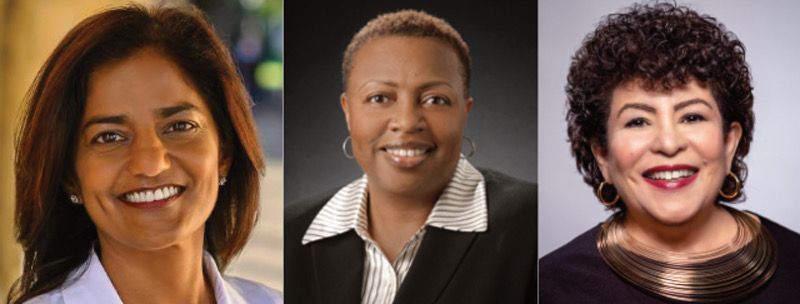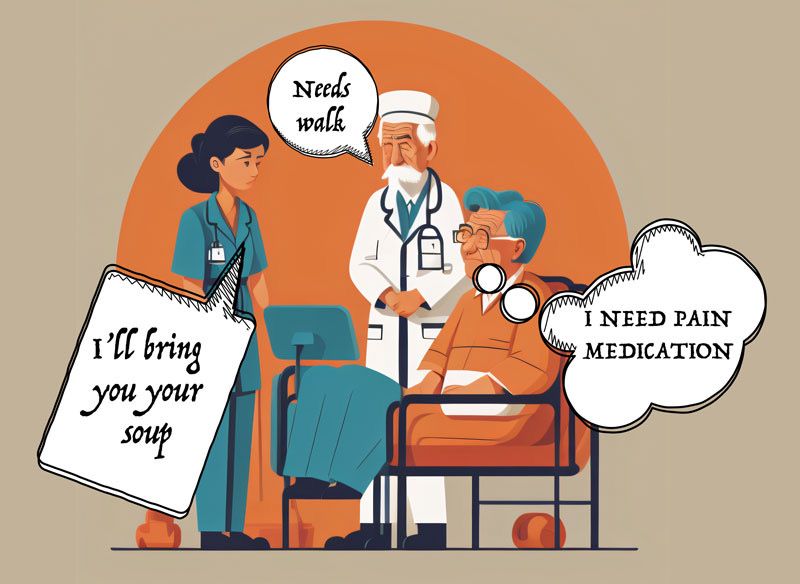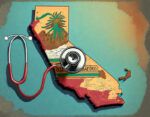Language Diversity Constructs Healthcare Barriers
As the world becomes more diverse, language barriers in healthcare access have become a significant challenge. In the United States alone, more than 14 million people do not speak English, and over 25 million people say they speak it less than very well, according to US census data. This has led to a range of negative impacts on healthcare outcomes, including misdiagnosis, medication errors, and poor patient satisfaction.
In a media briefing, hosted by Ethnic Media Services on July 21, a panel of experts discussed a range of innovative methods for improving communication between clinicians and patients, including the use of interpreters, telemedicine, and language-learning tools.
Speakers

- Dr. Latha Palaniappan, Co-Founder of Stanford CARE
- Dr. Ingrid J. Hall, Division of Cancer Prevention and Control, Centers for Disease Control and Prevention
- Dr. Elena V. Rios, President & CEO, National Hispanic Medical Association
One of the most significant challenges in addressing language barriers in healthcare access is the shortage of qualified interpreters. According to Dr. Neapen, “There is a significant shortage of qualified interpreters in the United States, particularly in languages other than Spanish.” This shortage can lead to miscommunication and misunderstandings, which can have serious consequences for patient health. To address this issue, the panelists suggested a range of solutions, including the use of telemedicine and remote interpreting services.
Telemedicine has emerged as a promising solution for improving healthcare access for non-English speaking patients. By using video conferencing technology, clinicians can communicate with patients in real time, regardless of their location or language. This can be particularly useful for patients in rural or remote areas, where access to these services may be limited. According to Dr. Hall, “Telemedicine has the potential to revolutionize healthcare access for non-English speaking patients, particularly in underserved communities.”
Another promising solution is the use of language-learning tools. By providing patients with access to language-learning software, healthcare providers can help them improve their language skills and better communicate with their clinicians. This can be particularly useful for patients who are learning English as a second language. According to Dr. Rios, “Language-learning tools can be a powerful tool for improving healthcare outcomes for non-English speaking patients. By helping patients improve their language skills, we can empower them to take control of their health.”
In addition to these solutions, the panelists also discussed the importance of cultural competency in healthcare. Cultural competency refers to the ability of healthcare providers to understand and respect the cultural beliefs, values, and practices of their patients. This is particularly important for non-English speaking patients, who may come from diverse cultural backgrounds. By understanding and respecting these cultural differences, healthcare providers can build trust with their patients and provide more effective care.
Overall, the panelists agreed that addressing language barriers in healthcare access is a complex issue that requires a range of solutions. By using a combination of telemedicine, remote interpreting services, language-learning tools, and cultural competency training, healthcare providers can improve healthcare outcomes for non-English speaking patients. Dr. Neapen closes with noting, “We need to work together to find innovative solutions that can help us overcome language barriers in healthcare access. By doing so, we can ensure that all patients, regardless of their language or cultural background, receive the care they need and deserve”


